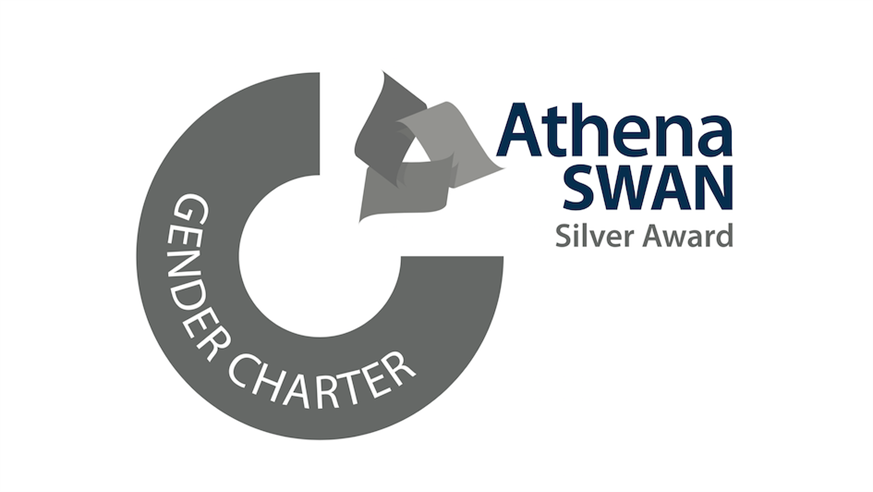Inclusive Meeting Guidelines in the School of Molecular Biosciences
Meetings are a core part of any department, but the School of Molecular Biosciences strives to ensure all meetings are accessible, inclusive, and reflect the needs of participants.
We've developed these inclusive guidelines to ensure meetings within SMB are run and managed inclusively, with a focus on ensuring a balance of efficiency and accessibility.
These guidelines are not exhaustive, and are designed to be flexible and responsive to attendee and organiser’s needs. It's essential to continually assess and adapt your meeting practices to meet the needs of your participants.
These suggestions can be used for internal school-based meetings, such as group meetings, visiting speaker discussions, research meetings, and procedural/organisational meetings.

Timing your meetings
- Core meeting hours – meetings should only be held within core working hours of 10am to 4pm, Monday to Friday. This allows participants with caring responsibilities (e.g., collecting children from school) to fully participate. All meetings, seminars, workshops and social gatherings within the School that staff are required to or can choose to attend should be held within core hours unless there is a clear reason why this is not possible. Avoid events being held late into the evening without at least six week’s prior notice. Activities which are not relevant to all staff (eg lab meetings) can be arranged outwith core hours as long as the time suits all participants.
- Meeting lengths – meeting lengths should be kept to 90 minutes maximum. This is to ensure comfort, avoid meeting fatigue, and allows participants to actively participate in other commitments during the day. Online meetings should start and end at five past the hour to allow for any technical issues. Meetings which must run longer than 90 minutes (e.g. senior management group meetings, inter-college meetings) should schedule a 15 minute break every 60 minutes, with refreshments provided.
Making your meetings accessible
- Physical access - Meetings should run from rooms which are fully accessible. To make meetings physically accessible, you should avoid rooms which can only be accessed by stairs (with no lift access) and small rooms with no space for a wheelchair user to safely turn. Meeting rooms should have enough space to comfortably fit all attendees with minimal overcrowding. Meetings should also be offered using a hybrid format (see separate online meeting suggestions). This allows everyone to attend regardless of their location, improving inclusivity. Ensure there is ample signage to the meeting room.
- Accessible slides – Presentations should be prepared using high contrast colours (e.g. black text on a white background), and care should be taken to use colourblind friendly colours for graphs, figures, and images. Slides should be made available after meetings.
Organising your Meetings
- Changes to meeting times should be communicated at least one week in advance for smaller and regular meetings, or at least two weeks in advance for larger or irregular meetings.
- Meeting agendas should be provided at least 48 hours in advance for formal meetings. Meeting minutes should be provided 48 hours afterwards. For smaller or informal meetings (e.g. research groups), agendas and minutes are not typically required. It is good practice to ensure slides are available afterwards.
Online and Hybrid Meetings
- Planning: Consider whether an online meeting is necessary, other options such as shared folders (e.g. SharePoint or OneDrive) might be more better suited. Online meetings should be a maximum of 90 minutes.
- Set up: Ensure all members are familiar with the software (Zoom, Teams) beforehand. Mute participants on entry to avoid disruption. Use headphones if you are in a shared office, or avoid taking online meetings in shared environments altogether if this will disrupt your colleagues.
- Best practice: Encourage use of the ‘hand up’ function, and keep informal chat to private messages within platform. Use the blur background feature if you wish, and turn your camera off if you need.
Best Practice for Meetings
- Pronouns – It is good practice to ask each member of the group to share their pronouns, if they are comfortable doing so. This encourages inclusion, while normalising disclosing gender identity as an ally.
- Snacks and refreshments – should be encouraged, but ensure food allergies are communicated if sharing.
- Introductions – Each group member should introduce themselves at the beginning of each meeting if a new member is present.
- Language choice – Try and use gender neutral language when addressing your team (e.g. everyone, everybody, folks), opposed to gendered language (e.g. ladies & gentlemen, guys)
- Facilitation – Facilitators should pay attention to the time, and ensure individuals don’t dominate conversation. Check in with quieter group members and encourage everyone to share their thoughts and opinions.
Flip the Script: Try Something New
- Horizontal meeting organisation – horizontally organised meetings reinforce belonging as they equally prioritise everyone’s skills and experience. Allow a different member of your group to chair and organise a meeting each week. This typically works for close-knit groups who meet frequently and casually.
- Meet in a new space – instead of sticking to the same meeting room – consider changing a new location. This could be another part of campus, or a walking 1-1 meeting (only consider this if both parties are willing and able)
- Quick-fire meetings – if you have a quick discussion point, try meeting face to face for under five minutes, instead of sending an email, slack, or teams message.
- Introduce ice breakers – encourage everyone to share something small about their weekend, hobby, or other interest. It encourages participants to feel more relaxed and engaged – and allows team members to get to know each other as people.

